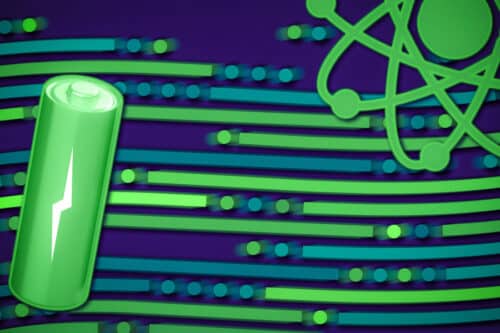The breakthrough in energy technology changes electric current generation in fuel cells and hydrogen devices, improving efficiency and power.

A critical chemical reaction, essential in numerous energy technologies such as fuel cells and hydrogen gas-producing electrolyzers, involves protons moving between an electrode surface and an electrolyte to generate an electric current.
MIT chemists have recently achieved a breakthrough by comprehensively detailing the process of these proton-coupled electron transfers at an electrode surface for the first time. This significant development holds the potential to guide researchers in creating more efficient fuel cells, batteries, and various other energy technologies.
Passing protons
The team developed a method to design electrode surfaces using graphene sheets connected to organic compounds. These compounds have oxygen ions that attract protons from the solution, causing an electron flow into the graphene. This process was analyzed to determine the rate of proton transfer at equilibrium, where proton acquisition and release by the surface are equal. The team discovered that the pH of the surrounding solution impacts this rate, with higher rates at acidic (pH 0) and primary (pH 14) levels.
To explain these results, researchers proposed a model with two reactions at the electrode. In acidic conditions, hydronium ions deliver protons, forming water, while in primary conditions, water molecules release protons, forming hydroxide ions. The reaction at pH 0 is faster than at pH 14 due to the quicker proton release by hydronium ions.
A reaction to reconsider
The researchers found that the equal rates of the two reactions occur not at a neutral pH of 7, where hydronium and hydroxide concentrations are balanced, but rather at a pH of 10, where hydroxide ions outnumber hydronium ions by a million to one. According to their model, this phenomenon arises because the forward reaction, involving proton donation from either hydronium or water, has a more significant impact on the overall rate than the backward reaction, where protons are removed by water or hydroxide. This insight challenges existing models of electrode surface reactions, which typically assume equal contributions from forward and backward reactions to the overall rate, suggesting a need for reevaluation of these models.
The team is now investigating how different ions in the electrolyte impact the speed of proton-coupled electron flow.







